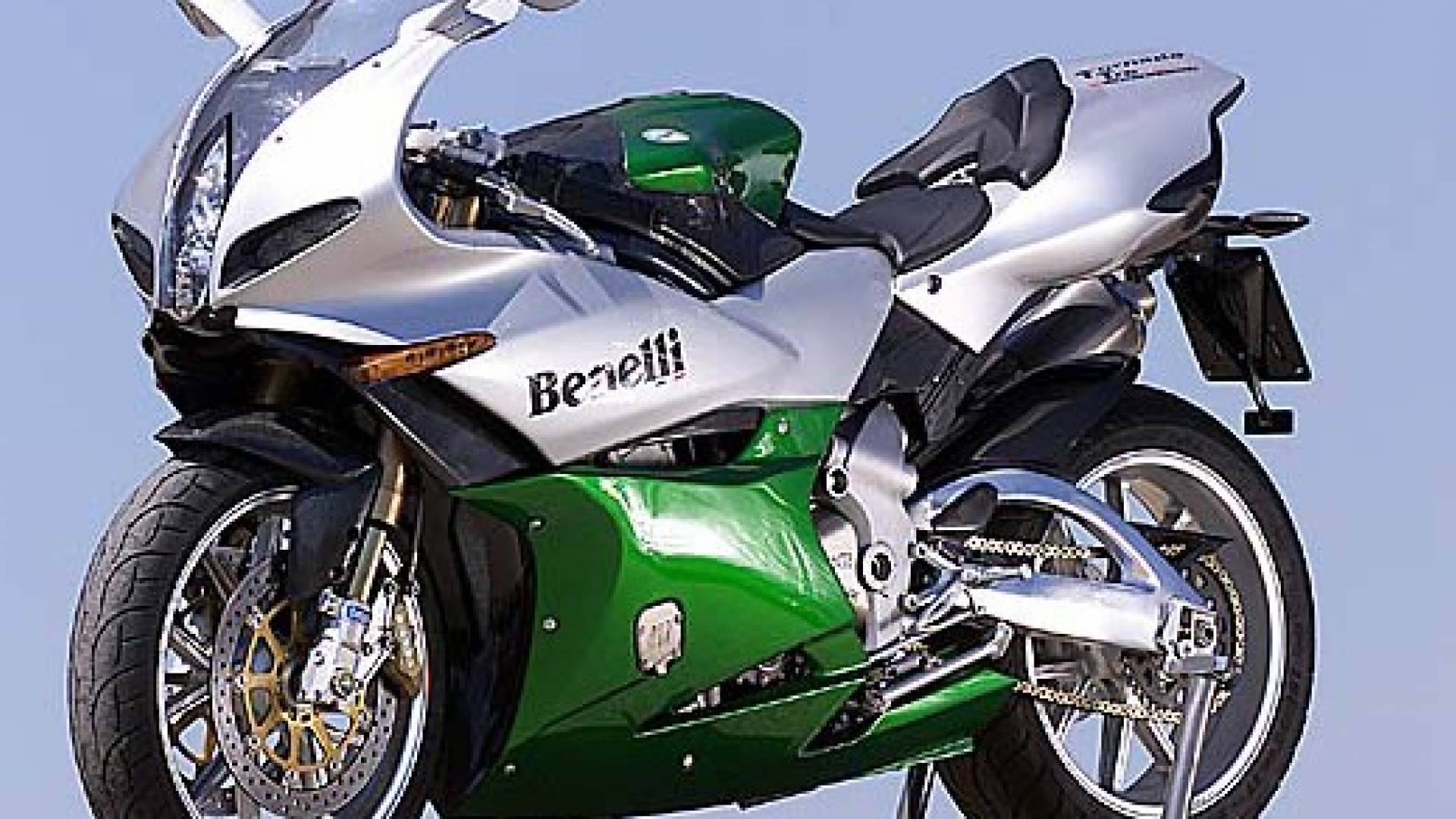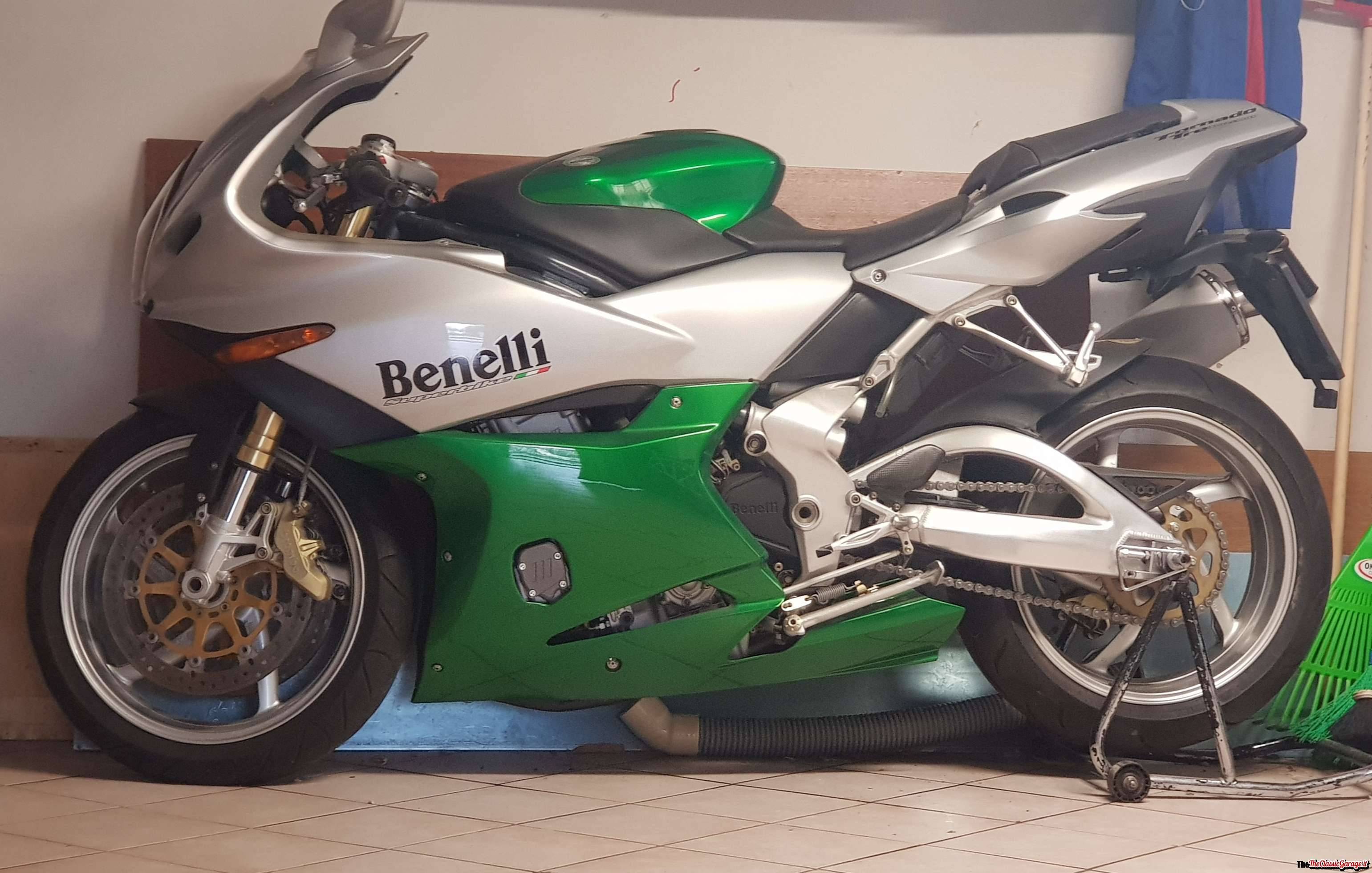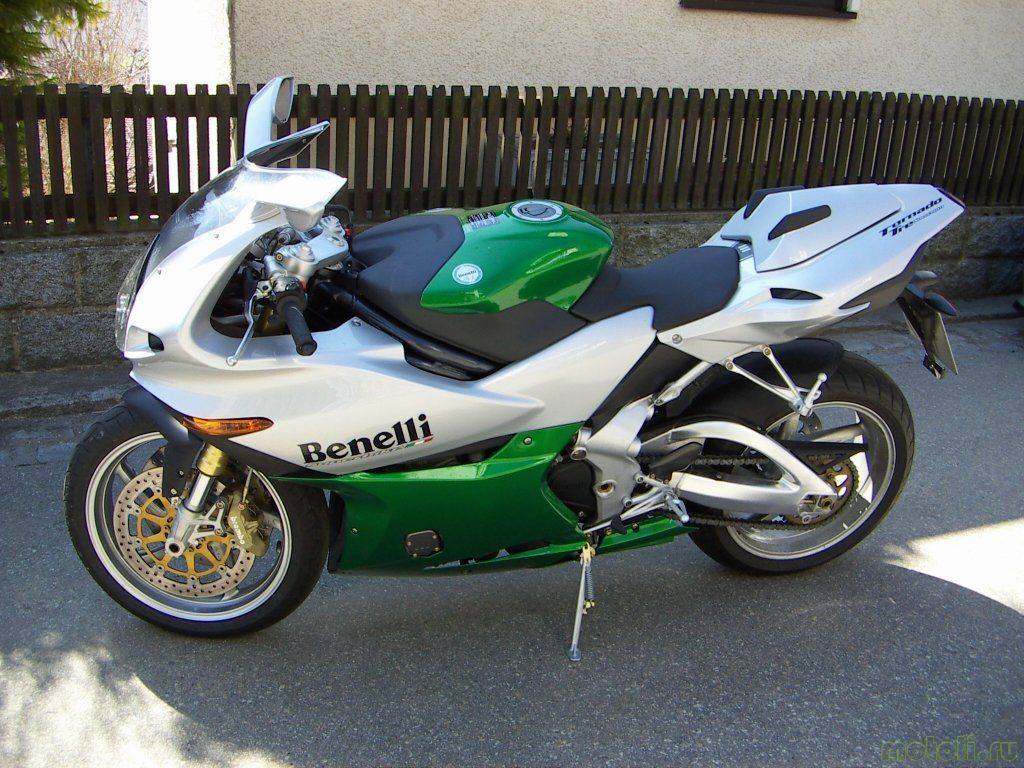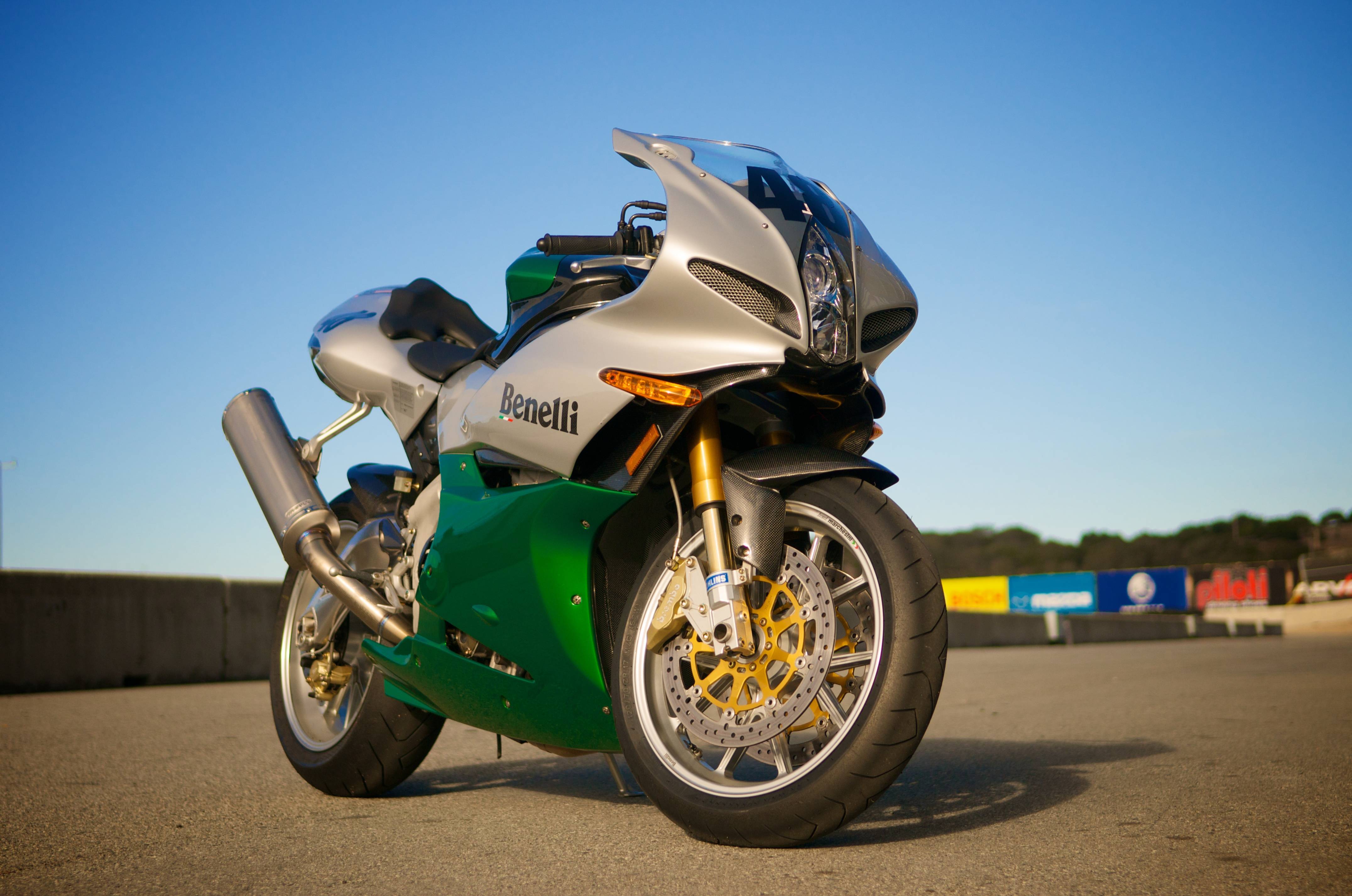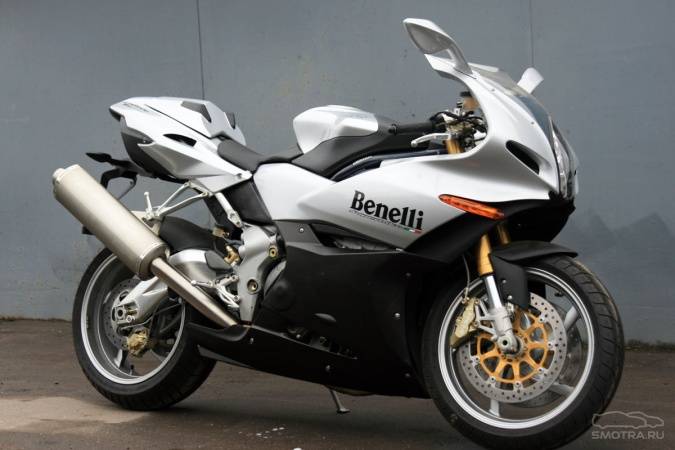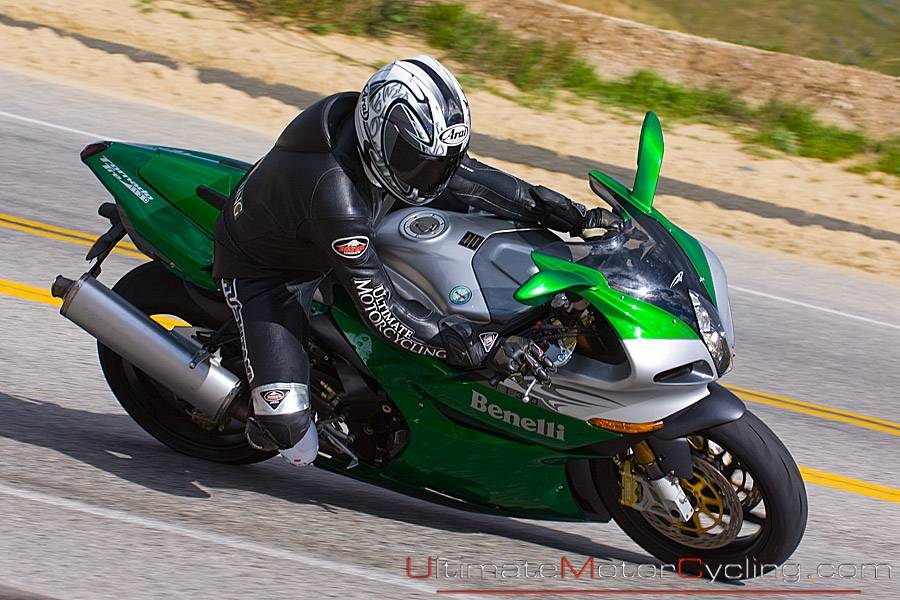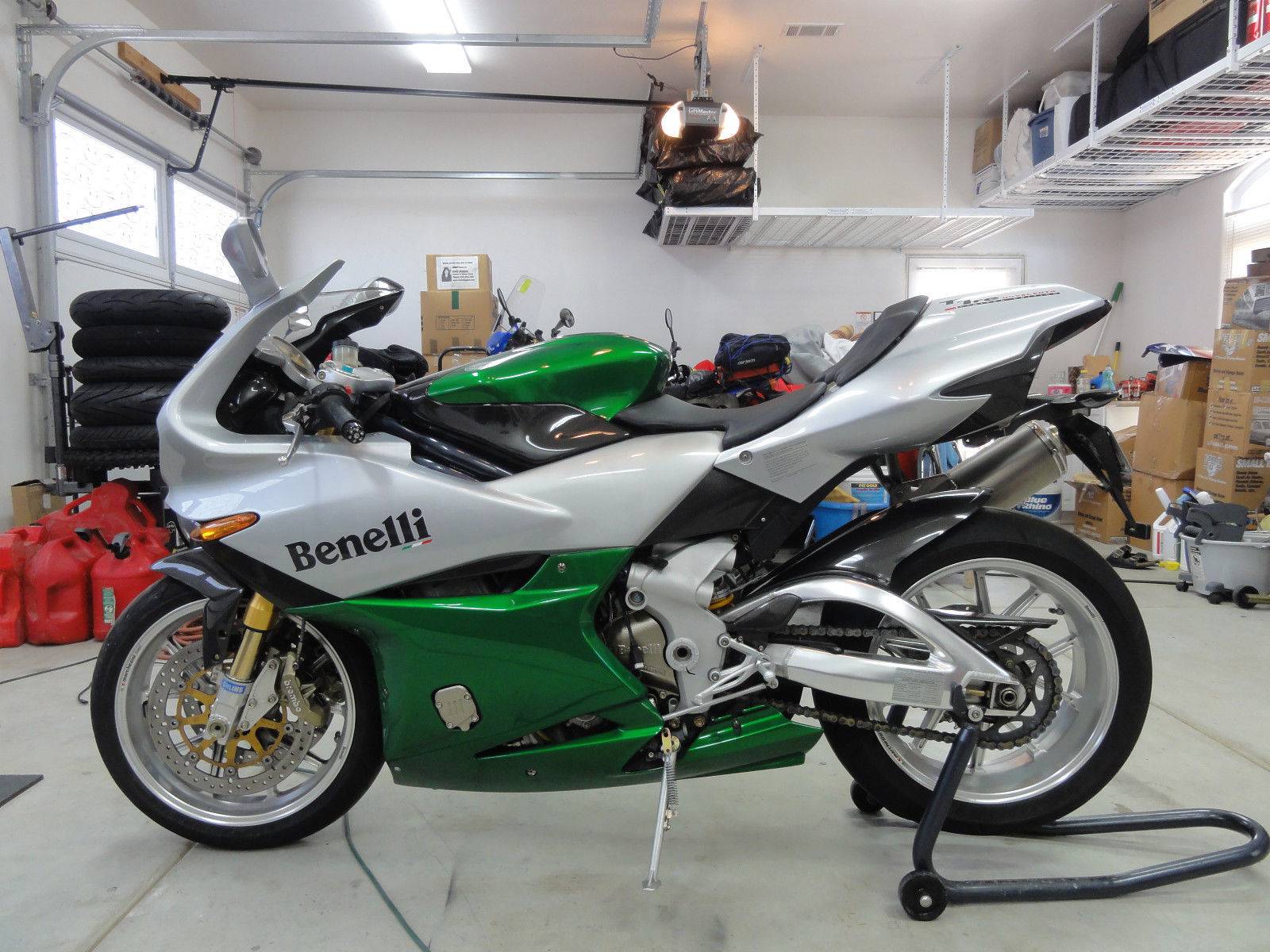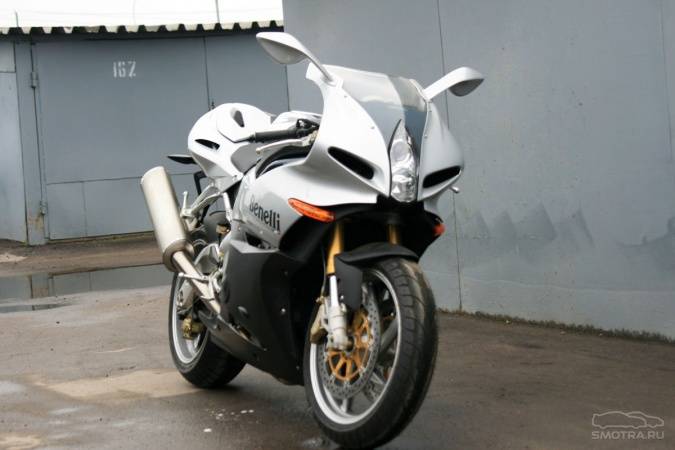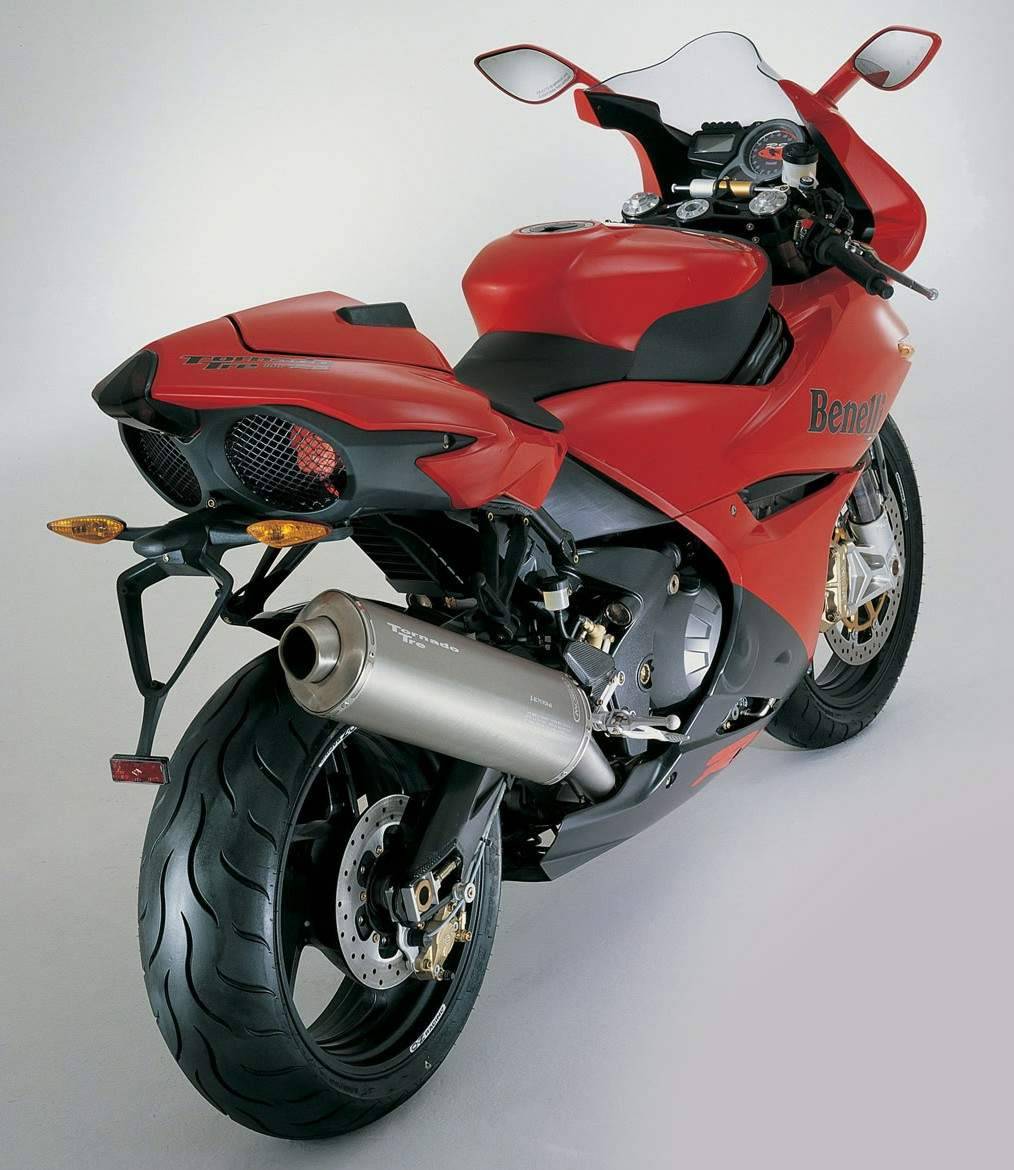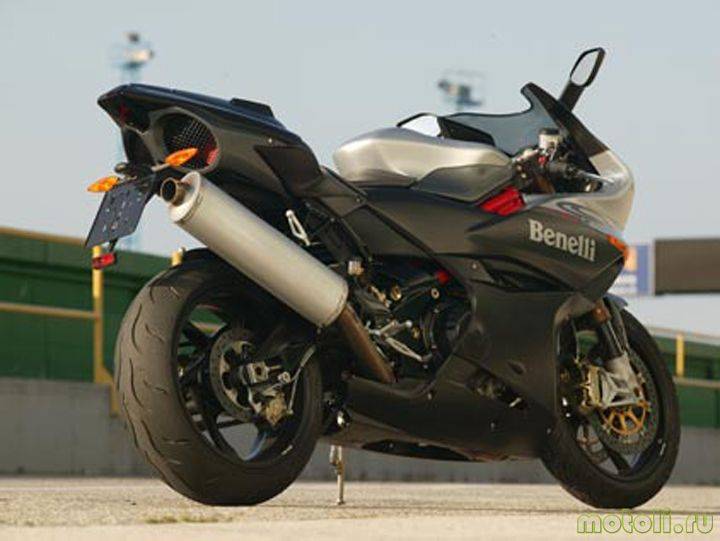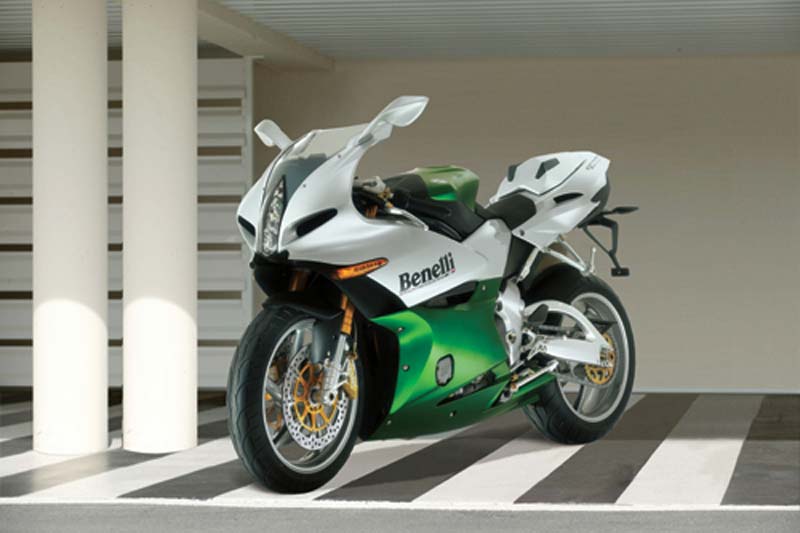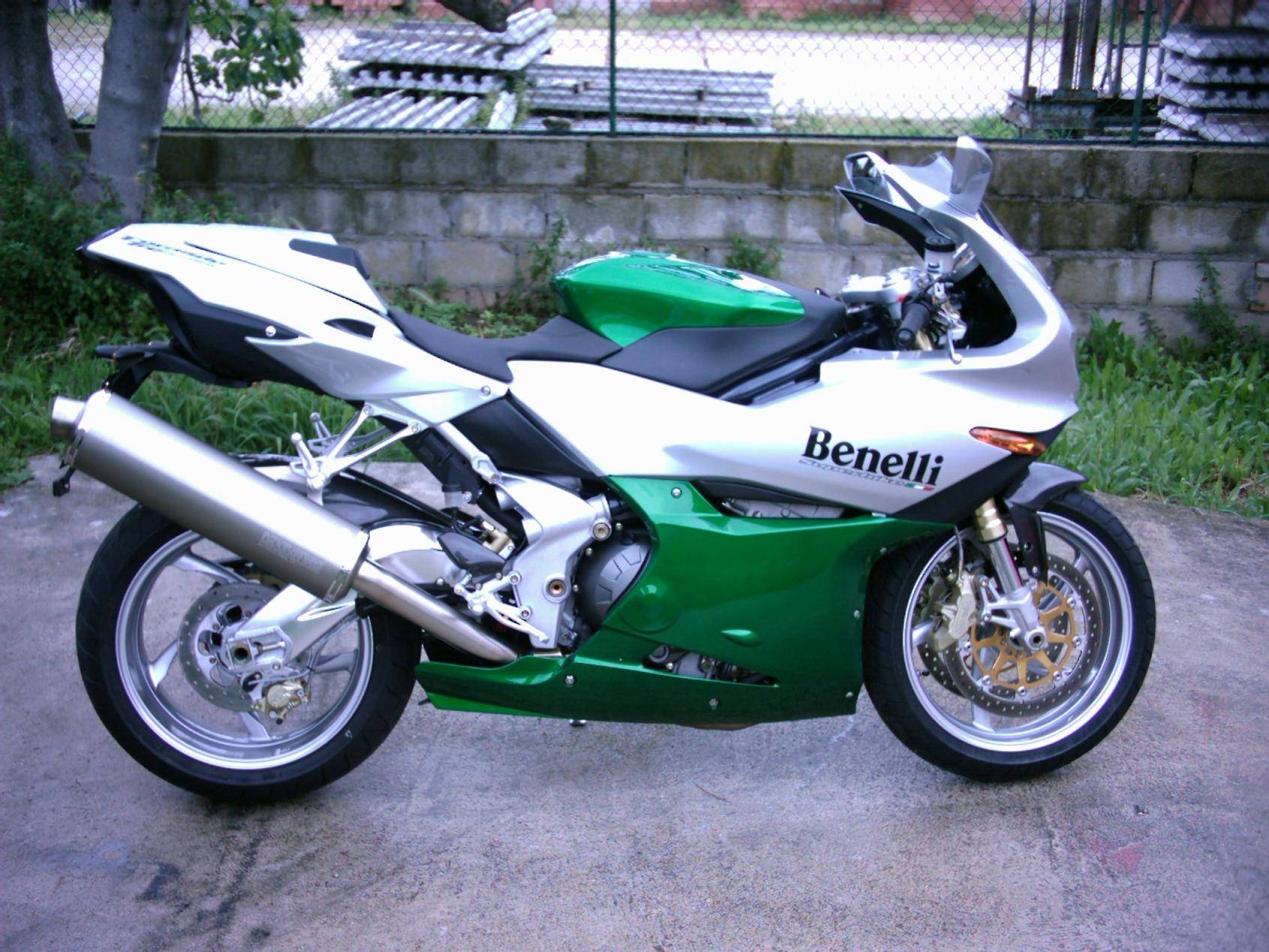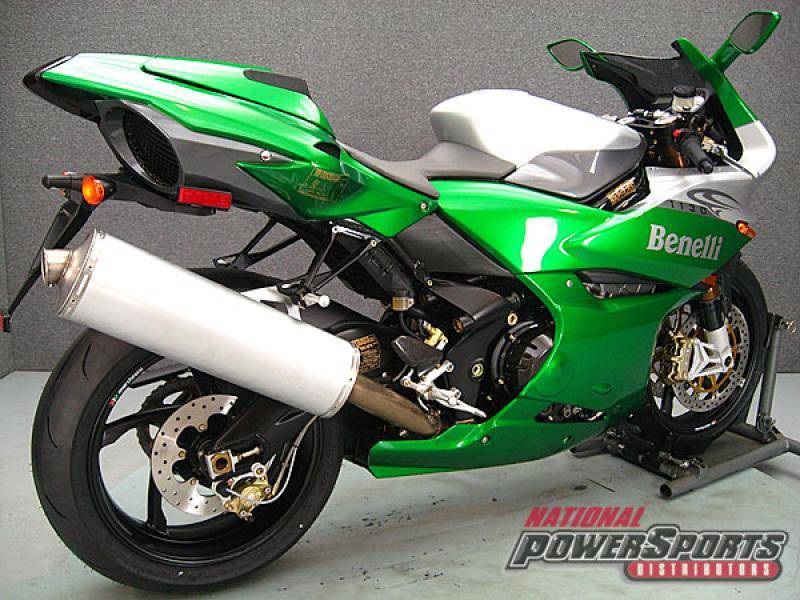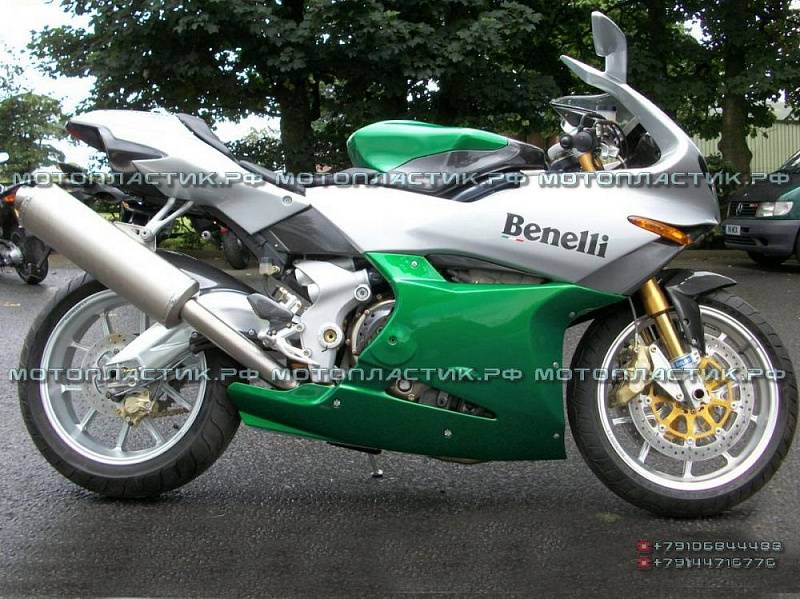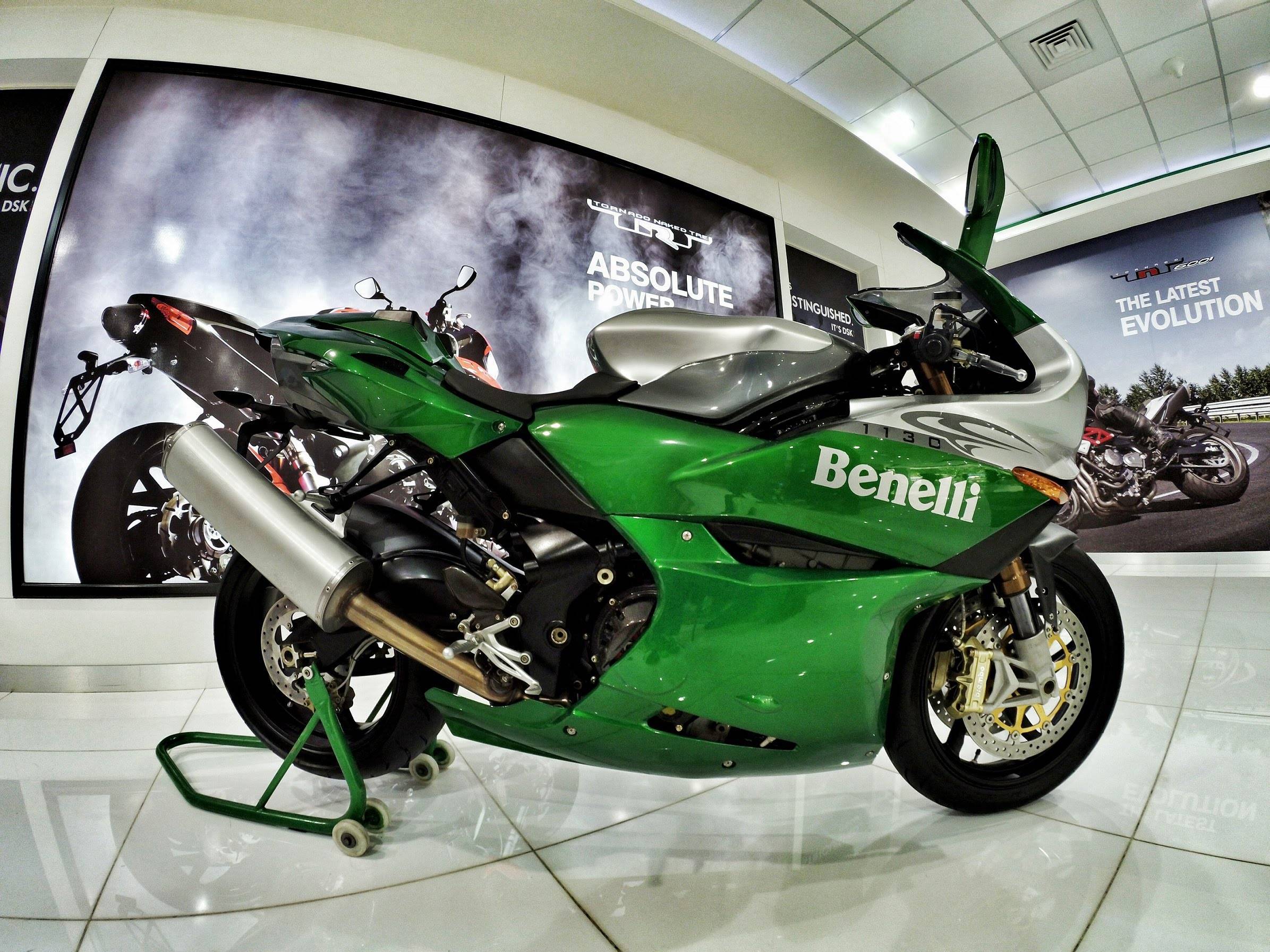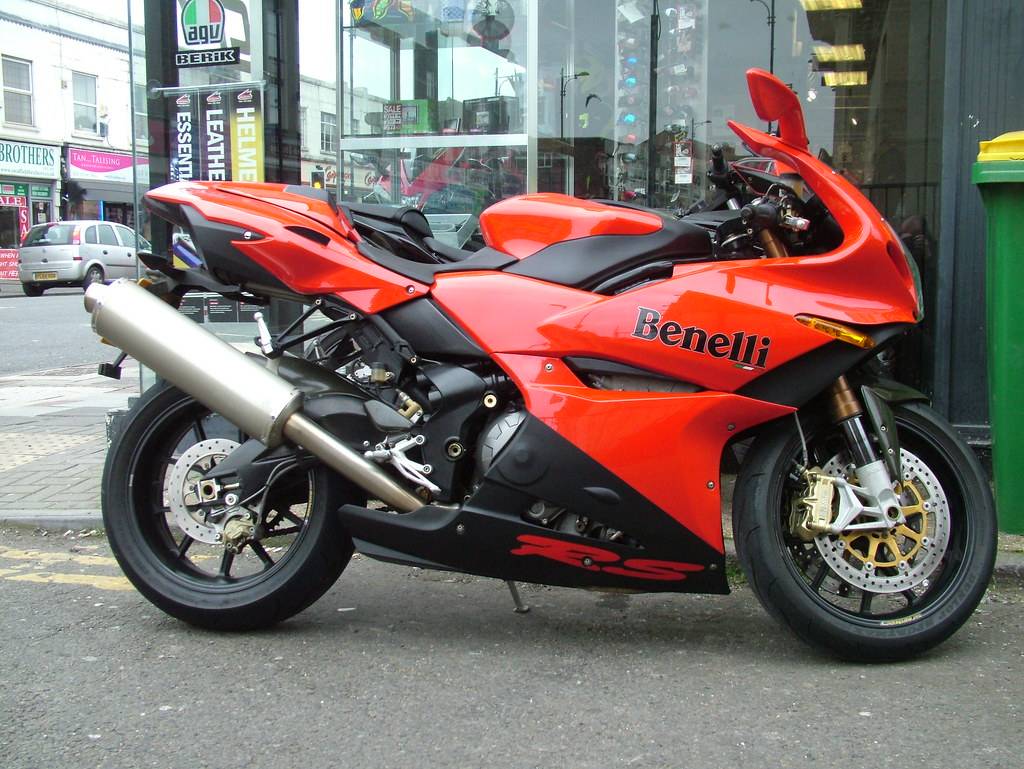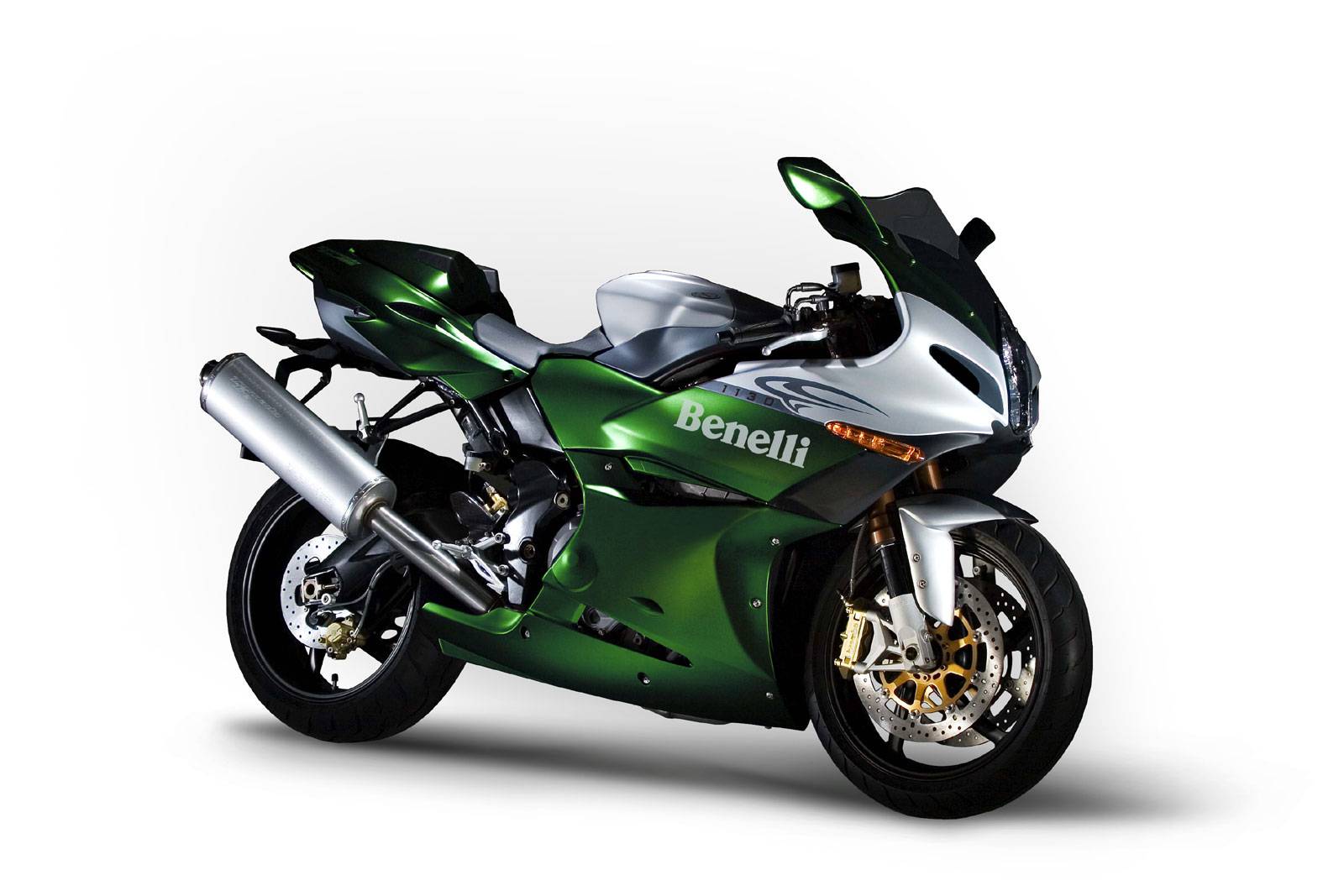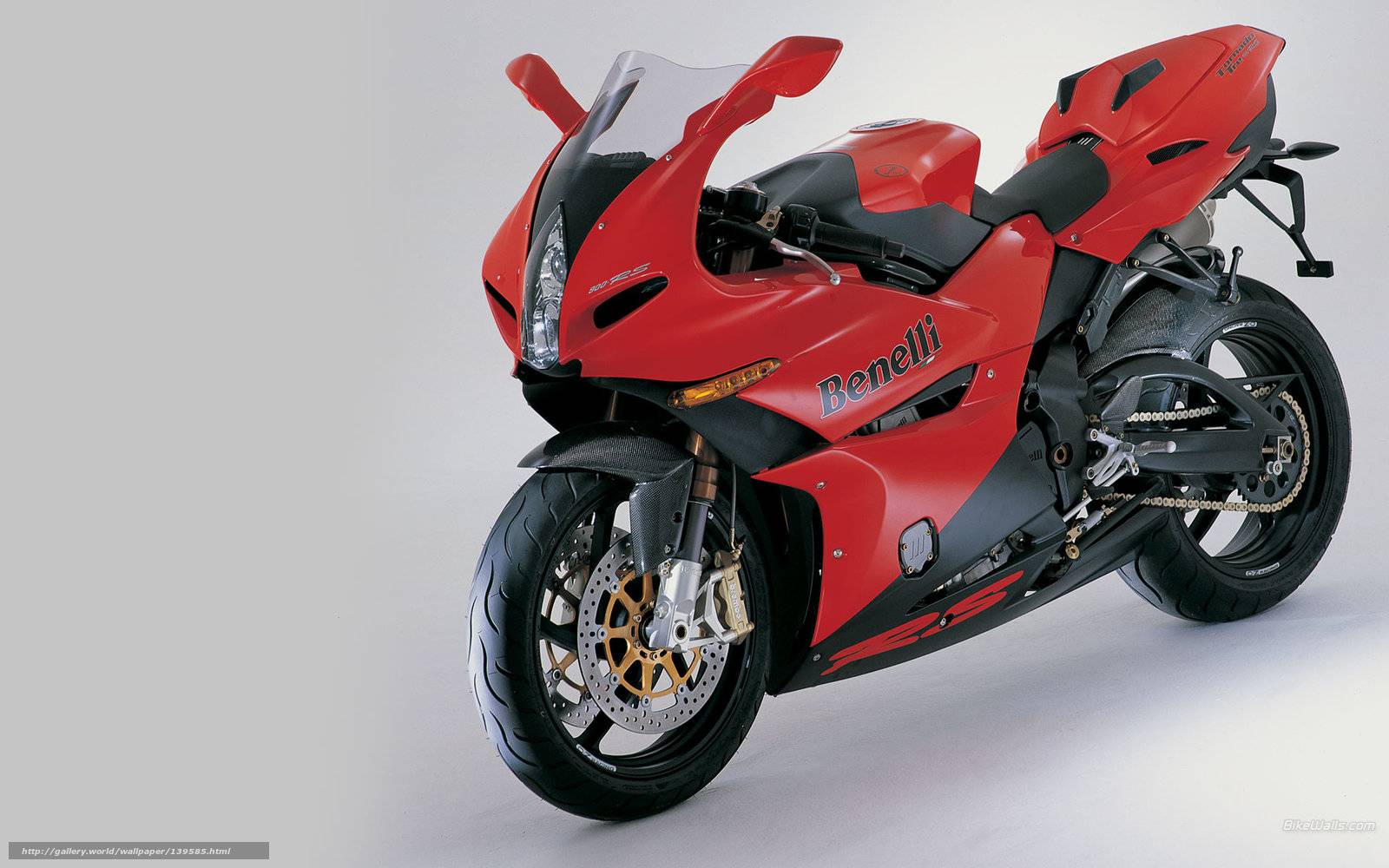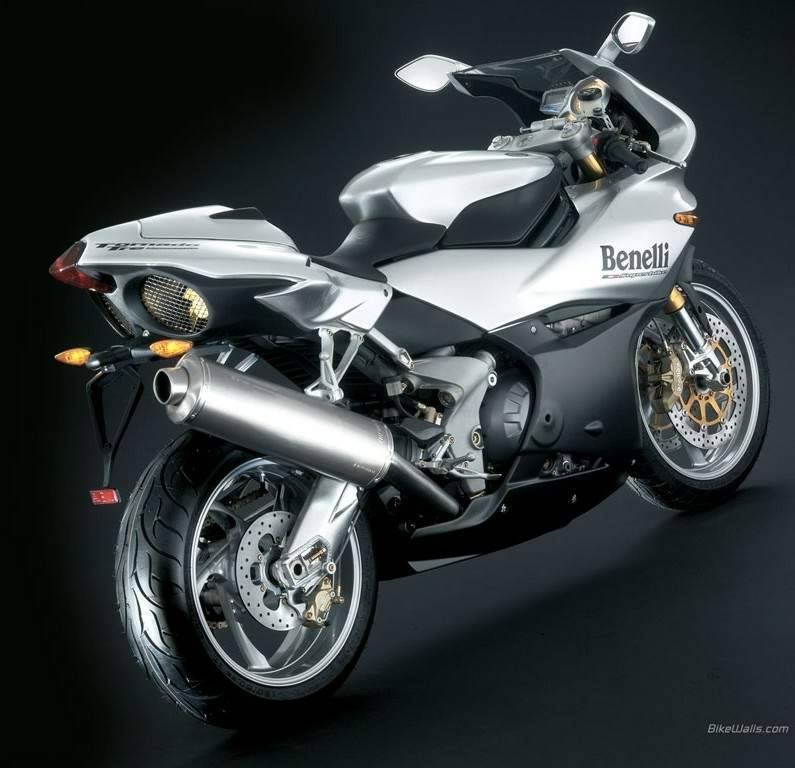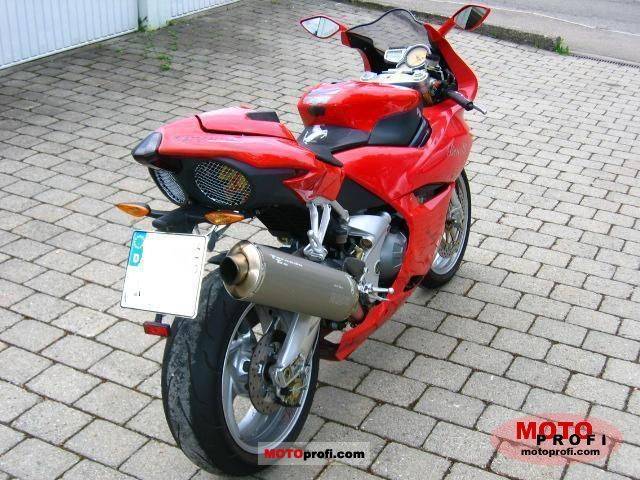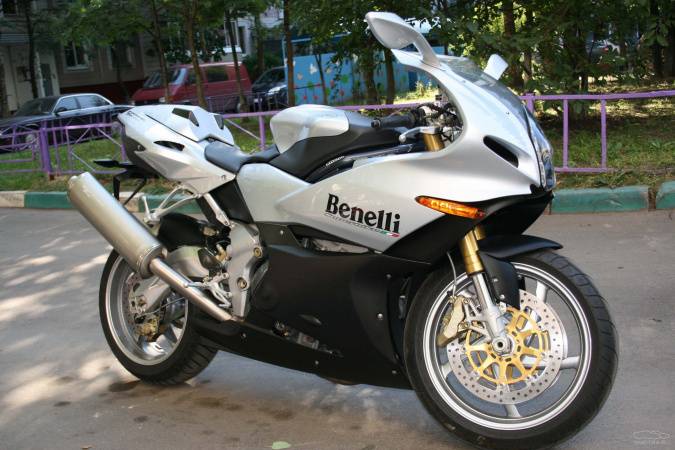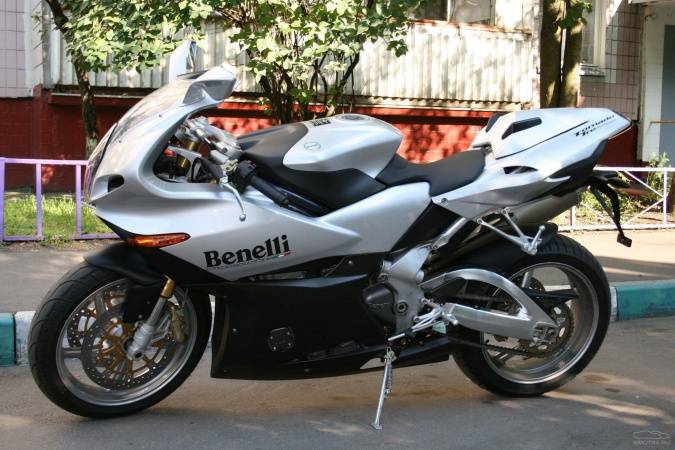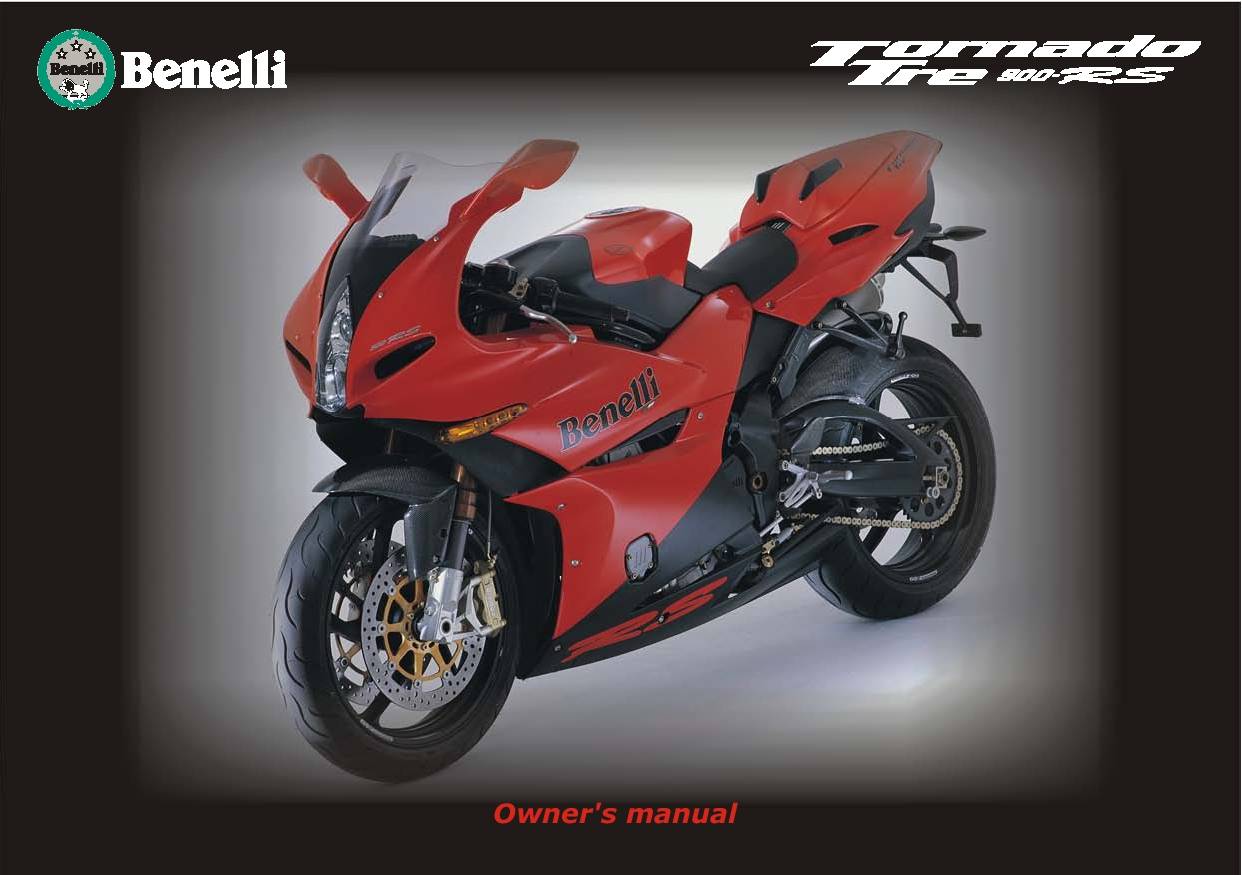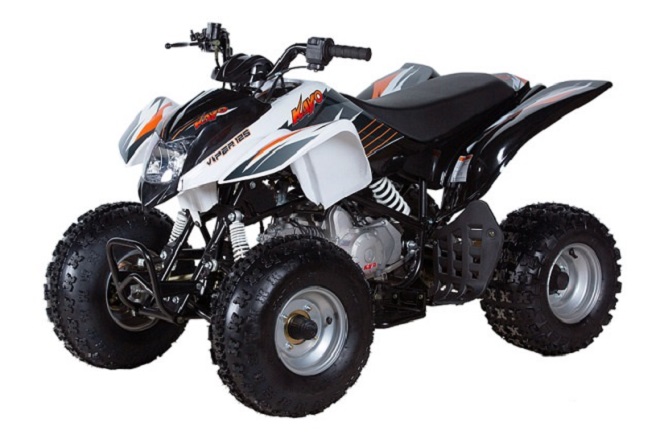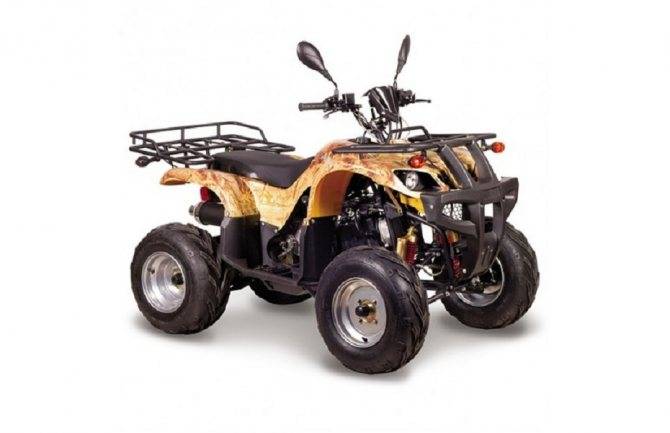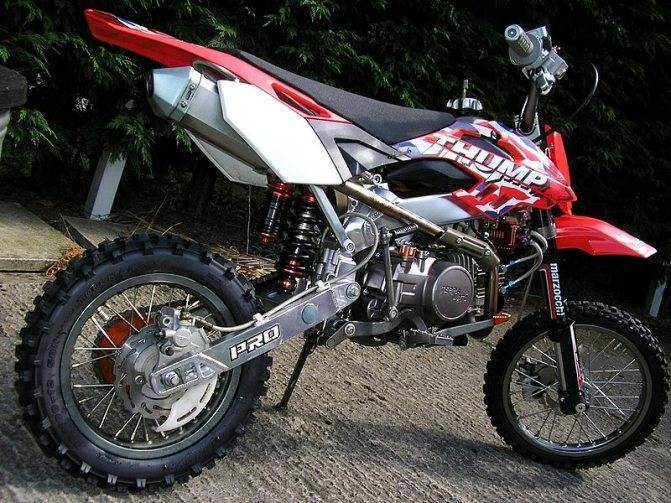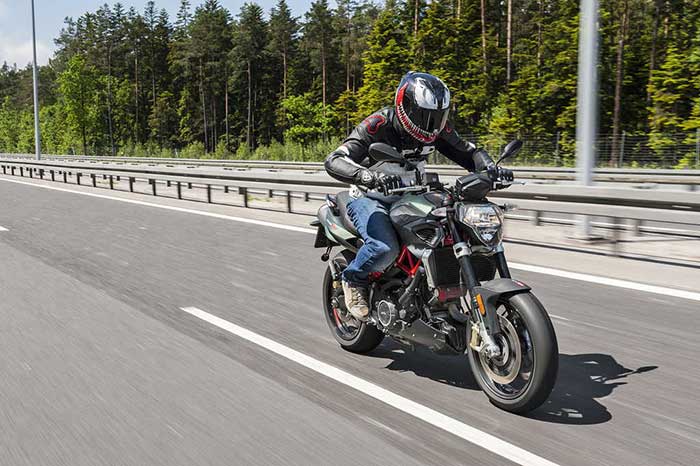Issues[edit]
The early models suffered from both high prices, poor fuel injection mapping and poor reliability. Sold as a premium model, dealers were few and factory support not ideal in the early production time, meaning that customers were asked to pay a number of recurring visits to the garage. As a result, sales were slow, and second hand prices fell quickly due to owners’ reliability concerns.
One of the common early problems was with the clutch basket which was eventually replaced under warranty. The intermediate gear was strengthened and concentricity improved. However, the problem then moved to the next weakest part, the alternator drive shaft/Z25 gear, which, in extreme cases could break at a lubrication hole. It commonly manifested itself in the 1130 variant of the engine, as a difficulty to crank the engine when hot. The root cause of the clutch / alternator drive problem was thermal expansion, which reduced the Z25 / intermediate gear clearances to negative. The solution was to improve the concentricity of both the clutch intermediate and alternator drive shaft gears, and increase their clearance. At the same time, the alternator drive hub fastening method was changed from a lock washer to a belleville washer to stop the bolt from working loose due to heat cycling.
With these changes, the engine reliability improved to meet or exceed its peers.
Continual development of the fuel injection mapping also improved the rideability.
Background[edit]
In 1973 Benelli and competitor Moto Guzzi were acquired by Argentinian industrialist Alejandro de Tomaso. Although technically advanced, Benelli motorcycles of the 1980s were plagued by problems, and so in 1988 the companies were merged to create “Guzzi Benelli Moto S.p.A.”, with Benelli production stopped and the production plants in Pesaro sold.
After a failed attempt to revive the brand under Giancarlo Selci in 1989, in 1995 Andrea Merloni bought the rights to the Benelli brand from de Tomaso. Needing a relaunch model, he noted the success of John Bloor in reviving Triumph Motorcycles Ltd, and so briefed a design team to build a stylish and exclusive motorcycle around a distinctive triple-cylinder 1,000 cc capacity engine.
References
- “Benelli Tornado Tre”. totalmotorcycle.com. http://www.totalmotorcycle.com/motorcyclespecshandbook/benelli/2003-benelli-TornadoTRE900.htm. Retrieved 2012-07-13.
- ↑ “Benelli Tornado Tre”. Motorcycle News. http://www.motorcyclenews.com/MCN/bikereviews/searchresults/Bike-Reviews/Benelli/Benelli-Tornado-2003-current/. Retrieved 2012-07-13.
- ↑ “Benelli Tornado Tre”. Motorcycle USA. http://www.motorcycle-usa.com/43/407/Motorcycle-Article/2003-Benelli-Tornado.aspx. Retrieved 2012-07-13.
- “Benelli Tornado Tre 903”. Benelli UK. http://www.benelli.co.uk/_bikes/tornado_903/tornado_903.php. Retrieved 2012-07-13.
- Peter Goddard. “Career Background”. http://www.petergoddard.com/about2.html. Retrieved 2008-01-23.
- “BenelluForum”. https://www.benelliforum.com/threads/le-owners-list.5722/post-50391/. Retrieved 2022-03-08.
Issues[]
The early models suffered from both high prices, poor fuel injection mapping and poor reliability. Sold as a premium model, dealers were few and factory support not ideal in the early production time, meaning that customers were asked to pay a number of recurring visits to the garage. As a result, sales were slow, and second hand prices fell quickly due to owners’ reliability concerns.
One of the common early problems was with the clutch basket which was eventually replaced under warranty. The intermediate gear was strengthened and concentricity improved. However, the problem then moved to the next weakest part, the alternator drive shaft/Z25 gear, which, in extreme cases could break at a lubrication hole. It commonly manifested itself in the 1130 variant of the engine, as a difficulty to crank the engine when hot. The root cause of the clutch / alternator drive problem was thermal expansion, which reduced the Z25 / intermediate gear clearances to negative. The solution was to improve the concentricity of both the clutch intermediate and alternator drive shaft gears, and increase their clearance. At the same time, the alternator drive hub fastening method was changed from a lock washer to a belleville washer to stop the bolt from working loose due to heat cycling.
With these changes, the engine reliability improved to meet or exceed its peers.
Continual development of the fuel injection mapping also improved the rideability.
Issues
The early models suffered from both high prices, poor fuel injection mapping and poor reliability. Sold as a premium model, dealers were few and factory support not ideal in the early production time, meaning that customers were asked to pay a number of recurring visits to the garage. As a result, sales were slow, and second hand prices fell quickly due to owners reliability concerns.
One of the common early problems was with the clutch basket which was eventually replaced under warranty. The intermediate gear was strengthened and concentricity improved. However, the problem then moved to the next weakest part, the alternator drive shaft/Z25 gear, which, in extreme cases could break at a lubrication hole. It commonly manifested itself in the 1130 variant of the engine, as a difficulty to crank the engine when hot. The root cause of the clutch / alternator drive problem was thermal expansion, which reduced the Z25 / intermediate gear clearances to negative. The solution was to improve the concentricity of both the clutch intermediate and alternator drive shaft gears, and increase their clearance. At the same time, the alternator drive hub fastening method was changed from a lock washer to a belleville washer to stop the bolt from working loose due to heat cycling.
With these changes, the engine reliability improved to meet or exceed its peers.
PRONTI VIA
Piccola ricostruzione di libera interpretazione personale di come andarono le cose.
Capo progetto: “Raga qua serve una moto coi contromaroni, una di quelle che lascia a bocca aperta e che tutti si girano a guardare, se poi vince in Superbike tanto meglio eh“
Motorista: “Ok va bene, io ho una mezza idea per il motore, dunque i giappo fanno 4 cilindri e sono già in troppi, a Borgo Panigale usano due padelle da 102mm al posto dei pistoni… 3 cilindri e direi anche a scoppi irregolari, giusto per non farci mancare nulla!”
Telaista: “Mah raga io vengo dal mondo aeronautico e passavo qui per caso, non è che sappia molto di moto MA ho portato le pizze, di chi è la salame piccante?”
Designer: “Signorsì signore!” (era un giovane di poche parole ma dalle grandi idee, ah fece anche la Mv Augusta F3 qualche anno dopo)
I nostri ragazzi si misero quindi a lavorare

Tempo due anni e nel 1999 presentarono quel capolavoro di design che ancora oggi è Benelli Tornado Tre Novecento: motore tre cilindri in linea da 900cc con doppio iniettore per cilindro pre e post farfalla e – chicca da mondiale Superbike – cambio estraibile, 100 Nm di coppia e 142 scalpitanti (e incazzati) puledri. C’era anche il motore a scoppi irregolari che però non fu mai utilizzato nella produzione di serie tranne che per un unico evento, il Tourist Trophy nel 2000.
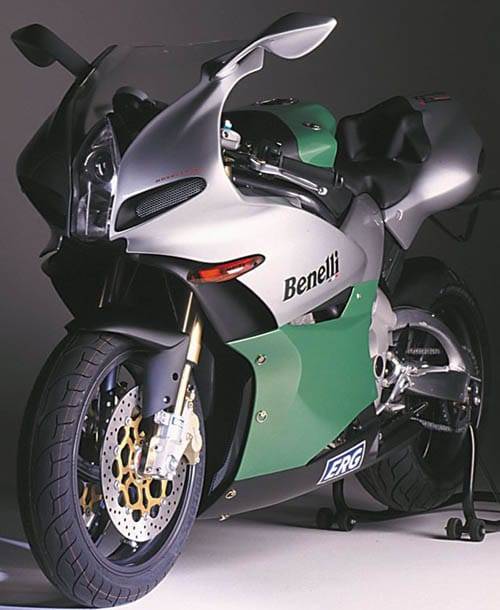
Il telaio era in tubi di acciaio vincolati da colla aeronautica a piastre verticali fuse in terra e fissate da viti traenti, una soluzione utilizzata per la costruzione degli aeroplani e utile per eliminare le saldature e conseguenti zone soggette a criccaggi (ve l’avevo detto che veniva da un’altra parrocchia ehehe) con carbonio, magnesio e titanio utilizzati per alcune parti del motore ed i carter.
A livello di stile è indubbio che il designer si sbizzarrì (e che forse avrebbe dovuto mangiare più leggero la sera precedente), ma le ventole posteriori per raffreddare i radiatori messi sotto il codone sono una figata fotonica.
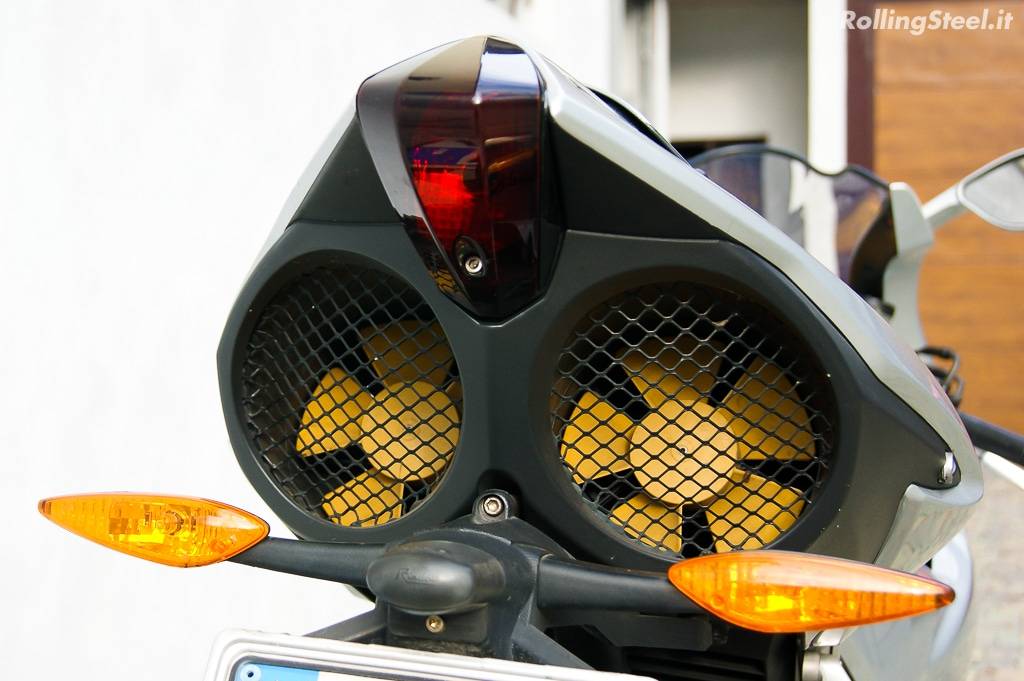
Piccola curiosità: leggende da Bar Sport raccontano che il radiatore sia stato messo lì perché, durante l’assemblaggio dei prototipi di pre-produzione, i tecnici Benelli si accorsero che nella posizione solita non ci stava. Dati i tempi stretti e il ritardo cronico in cui erano, invece che riprogettare da zero tutta la faccenda, si inventarono un posto nuovo per il radiatore. A me sa un po’ di leggenda metropolitana e la verità di sicuro sta da un’altra parte, mettere il radiatore nel codone ha sicuramente richiesto uno studio apposito per i supporti e il telaietto posteriore, non credo glielo abbiano messo con due fascette e un po’ di nastro: funzionale o non, la soluzione è stata messa assieme con cura, questo lo dobbiamo ammettere.
La parte anteriore una volta spogliata del cupolino che alloggia il bellissimo faro dallo sviluppo verticale trova 4 prese d’aria, una coppia che porta aria all’airbox ed un altra che la convoglia dietro passando sotto le carene alimentando così il famoso radiatore, la cui aria calda viene estratta dalle due ventolone gialle.
Bello, vero? Si.
Logico? Si, anche perché non c’era altra via.
Funzionale? Forse.

Nacquero così le prime 150 Benelli Tornado Tre 900 Limited Edition, omologate per l’utilizzo su strada e messe in commercio ad un esorbitante prezzo di 36.180 euro – trentaseimila centottanta euro, faccio anche fatica a scriverlo, l’R1 dello stesso anno costava 12 mila euro eh – per poter partecipare al campionato del mondo Superbike (ah c’era anche la povery edition che costava giusto la metà, attorno i 18 mila euro, stesso identico appeal, identiche prestazioni e qualche kg in più).
A metà del campionato 2001 (quello della rivincita di Ducati sulla stupenda Honda VTR Sp1 di Colin Edwards, iridata nel 2000) la Benelli schierò la neonata Tornado Tre con un pilota tutto pepe proveniente dalla terra dei canguri, Peter Goddard – non proprio novellino e anzi con grande esperienza – ma sebbene la Tornado Novecento SBK era a dir poco da mascella in terra data la sua bellezza, i risultati furono deludenti: 36esimo nel 2001 e 22esimo nel 2002, in pratica un costoso e poco affidabile fanalino di coda.
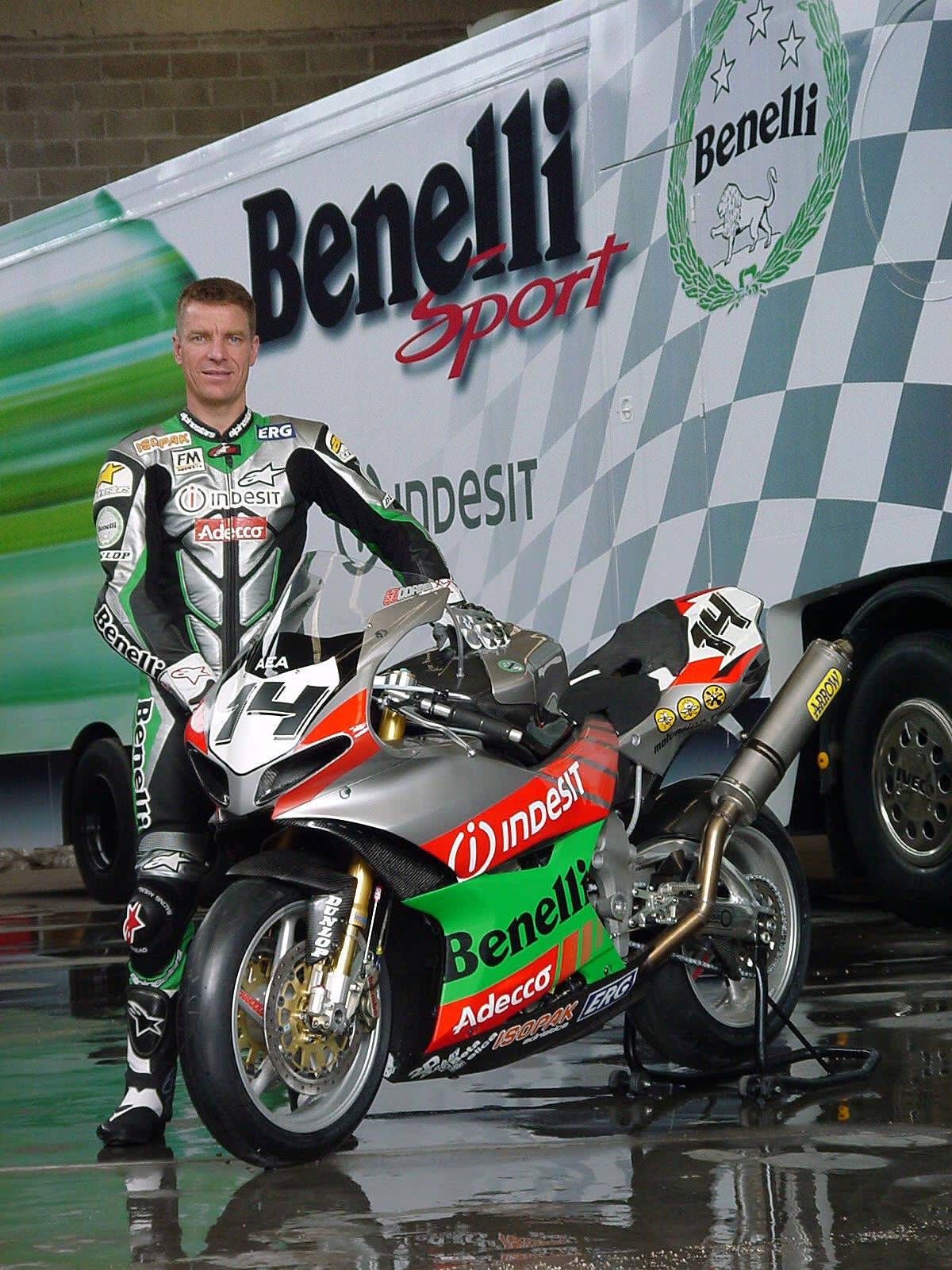
Il brutto anatroccolo marchigiano ebbe una seconda possibilità nel 2007 quando la casa si schierò per il mondiale Endurance con in sella il nostro Stefano Cordara e un motore con cilindrata cresciuta a 1130cc, madre poi del canto del cigno Tornado m.y. 2007. Una volta in pista la Tornado 1130 si qualificò mettendo dietro quattro team permanenti ma, avendo loro per regolamento accesso alla gara, non partecipò e tornò mestamente a casa, con la coda fra le gambe e le orecchie basse.
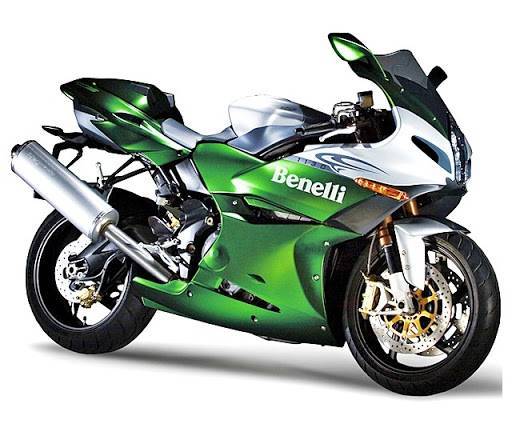
Ремонт и обслуживание

Фотография заднего колеса мотоцикла STELS 600 GT BENELLI
Совсем рисовым мотоцикл трудно назвать, в сравнении с большинством китайкой техники, однако несколько болевых точек все же имеет:
- часто выходит из строя датчик топлива;
- качество многих болтов оставляет желать лучшего;
- после небольшого пробега часто наблюдается течь масла передней вилки, выходят из строя сальники;
- задний амортизатор течет;
- соединения и шланги охлаждающей системы быстро трескаются и рвутся -наблюдается течь антифриза;
- разваливается подшипник задней ступицы;
- наблюдается неравномерный износ колодок;
- качество проводки плохое, часто перетирается или наблюдаются разрывы.
Мотоцикл Stels 600 Benelli
Российская выпускает мотоцикл Stels 600 Benelli. Benelli – имя хорошо известное среди производителей мотоциклов.
Компания, основанная в прошлом веке в Италии женщиной, чье имя она носит с момента основания, по определенным причинам оказалась в руках китайского производителя мототехники Qianjiang Group.
Китайские разработчики создавали эту модель с прицелом на страны постсоветского пространства. Очень похожие модели Keeway RK6 и QJiang QJ600 уже несколько лет продавались на азиатских рынках в разных странах.
Производство мотоциклов в России началось в 2013 году. В первых моделях задняя подвеска была жесткая. При езде на неровностях подвеска сильно амортизировала.
Исправляли это мотоциклисты самостоятельно, регулируя задние амортизаторы. В поздних модификациях стали устанавливать телескопическую, а потом маятниковую вилку. В современных моделях улучшилось качество пластмассы.
Соединение швов и стыковка отдельных элементов заметно выросли. Мотоцикл выпускается в двух вариантах — Stels 600 и Stels 600 GT.
Технические характеристики.
Стильный, современный и довольно агрессивный дизайн мотоцикла производит приятное впечатление. С первого взгляда чувствуется внутренняя мощь. Посадка мотоциклиста прямая.
Ручки и переключатели расположены достаточно эргономично. Хороший обзор приборной панели. Спидометр цифровой. В целом складывается впечатление продуманности дизайна.
При габаритах 2160х800х1180 мм мотоцикл хорошо смотрится в городском потоке. Мощная стальная рама, выполненная по типу «птичья клетка». Семнадцати дюймовые шины установлены на легкосплавные диски.
Вес в снаряженном состоянии в ранних моделях составлял 208 кг. В более новых выпусках идет увеличение. На сиденье помещаются два человека.
Двигатель. При мощности в 81 л.с. и объеме 0,6 л позволяет развить скорость до 220 км/час. Для езды по городу достаточно. В своей линейке мотоциклов это самая высокая мощность.
Рядный четырехцилиндровый двигатель расходует 5,8 л на 100 км пробега. Для указанной мощности сочетание вполне приемлемое. Питается от инжектора. Охлаждение жидкостное, число тактов – 4, бак вмещает 15 л бензина.
До 6 тысяч оборотов разгон медленный, что присуще всем мотоциклам этого ряда. Установлен ограничитель на число оборотов.
Допускается использование бензина А-92, но лучше заливать 95-й. Двигатель запускается электростартером.
Тормозная система. Гидравлическая. Двухдисковый передний тормоз и задний дисковый обеспечивают надежное и прогнозируемое торможение, не перегреваясь при продолжительном использовании.
Подвески. Гидравлические. Передняя – телескопические вилка, задняя – маятниковая вилка.
Коробка передач. Механическая, шести ступенчатая.
К недостаткам некоторые владельцы относят, выступающие несколько больше, чем это нужно зеркала и цифровой спидометр вместо аналогового с привычной стрелкой.
Позиции спорные, но каждый мотоциклист имеет свое мнение. Более важная проблема – дребезжание глушителя на оборотах 5000, но и это устраняется не сложно.
Обычное голосование пером
Image
Это приводит к аккуратной маневренности на проселочных дорогах при условии правильных физических усилий: даже Tornado с его толстыми тапочками Dunlop D-208 190 не хочет самостоятельно скатываться в поворот. С другой стороны, он остается нейтральным и держит путь благодаря правильной координации пружины и амортизатора. Даже если стойка заднего амортизатора кажется немного неподатливой по сравнению с чувствительной вилкой. При полном ускорении относительно незаметный в остальном рулевой демпфер выполняет свою работу и эффективно предотвращает удары руля.
Эффективно – атрибут, который также заслуживает внимания фиксированных поршневых клещей, которые недавно были установлены радиально. Не такие быстрые, как японские супер-атлеты, стопперы Italo заслуживают титула «очень легко дозируемые». Однако нельзя ожидать выдающейся пригодности для повседневного использования от такой экстремальной концепции. В лучшем случае вы можете видеть свои предплечья в зеркалах, маневрируя на огромном радиусе поворота, вы сжимаете большие пальцы, когда руль полностью повернут.
Более мягкая настройка и новый глушитель позволяют RS ездить по узким улочкам без необратимого нарушения слуха – прошлогодняя ревущая труба уступила место более громкой, но гораздо более приглушенной системе. Поскольку качество изготовления оптимизировано до мельчайших деталей, а надежность, очевидно, больше не является проблемой, RS – лучший выбор, чем Limited Edition – тем более, что все еще гордая цена в 18 900 евро гарантирует определенную степень эксклюзивности.
Background[]
In 1973 Benelli and competitor Moto Guzzi were acquired by Argentinian industrialist Alejandro de Tomaso. Although technically advanced, Benelli motorcycles of the 1980s were plagued by problems, and so in 1988 the companies were merged to create “Guzzi Benelli Moto S.p.A.”, with Benelli production stopped and the production plants in Pesaro sold.
After a failed attempt to revive the brand under Giancarlo Selci in 1989, in 1995 Andrea Merloni bought the rights to the Benelli brand from de Tomaso. Needing a relaunch model, he noted the success of John Bloor in reviving Triumph Motorcycles Ltd, and so briefed a design team to build a stylish and exclusive motorcycle around a distinctive triple-cylinder 1,000 cc capacity engine.
Техническая составляющая Benelli
Название мотоцикла Стелс 600 сразу же выдает объем двигателя этой модели. Стоит сказать, что китайские мотоциклы с таким объемом встречаются достаточно редко. Обычно, двигатели этих байков не превышают 250-300 см3, опять же из-за запрета по мощности в стране. Двигатель этого мотоцикла представляет собой рядную четверку, мощностью 81 л.с. Так как двигатель достаточно мощный, было принято решение установить жидкостное охлаждение. Также стоит сказать, что это инжекторный мотор, поэтому все действия на ручку газа воспринимаются вполне адекватно – сколько выкрутишь, столько и поедешь.
На мотоцикле установлена 6-ступенчатая коробка передач, к которой также претензий нет. Переключение происходит очень плавно и не сопровождается какими-либо рывками и прочими непонятными движениями. Кстати передачи здесь достаточно короткие, что и характерно для дорожных мотоциклов. Нельзя сказать, что это недостаток мотоцикла, так как это позволяет достаточно комфортно чувствовать себя при эксплуатировании мотоцикла в городских условиях. На трассе проблем с переключением также возникнуть не должно, так как Стелс Бенелли 600 имеет 6 передач, в то время как другие байки китайского производства оснащаются 5-ступенчатами КПП.
Отдельно стоит рассказать о тормозной системе этого мотоцикла. Здесь установлена своего рода копия тормозов «Брембо». И несмотря на то, что это китайская копия, тормозит мотоцикл достаточно плавно. Тормозов вполне хватает как в городе, так и на трассе. Особенно эффективными получились передние тормоза, ввиду того, что на переднем колесе установлено два достаточно больших тормозных диска.

Production
The new Benelli company showed a stunning design model at the Milan motorcycle show in 1999, which combined both angular and curved elements. Housing a three cylinders 900cc engine, the engine was also part of the bikes stressed frame. The engine was purposefully placed quite well forward to keep the front wheel down under acceleration, but as this left little space for the radiator it was placed under the rear seat pan, resulting in a high riding position. It also meant that airflow was restricted around the radiator, resulting in the need to place twin yellow-coloured electric fans under the rear seat, which became a distinct rearward view of the bike. The resultant hands down/bum-up riding position, although colloquially Italian, made earlier testers question the duration of any long-distance riding, placing a lot of weight on the riders wrists and stress on the extended back.
In 2001 former Australian Superbike champion Peter Goddard signed-on to accelerate the development phase, with the first production models to come off of the new Pesaro -based production lines in 2002.
Production[edit]
The new Benelli company showed a stunning design model at the Milan motorcycle show in 1999, which combined both angular and curved elements. Housing a three cylinders 900 cc engine, the engine was also part of the bikes stressed frame. The engine was purposefully placed quite well forward to keep the front wheel down under acceleration, but as this left little space for the radiator it was placed under the rear seat pan, resulting in a high riding position. It also meant that airflow was restricted around the radiator, resulting in the need to place twin yellow-coloured electric fans under the rear seat, which became a distinct rearward view of the bike. The resultant hands down/bum-up riding position, although colloquially Italian, made earlier testers question the duration of any long-distance riding, placing a lot of weight on the riders wrists and stress on the extended back.
In 2001 former Australian Superbike champion Peter Goddard signed-on to accelerate the development phase, with the first production models to come off of the new Pesaro -based production lines in 2002.
While the motorcycle sourced a number of components from various historic Italian manufacturers (Brembo, Marzocchi, etc.), the electronics were co-sourced from the same manufacturer as that for the 1,000 cc triple Triumph Daytona 955i, French company SAGEM. Due to European Union emissions regulations, which are undertaken with a test of the engine revving at 3,500 rpm, like many motorcycles of the time both models suffered a distinct “dip” in power at this point to enable them to clearly pass the test. Combined with a fierce fuel injection management mapping system, the bike tended to have a peaky response. Later and continuing in-house development cured much of this quickly, as well as new injectors from the 2004 models onwards.
Top 5 things to consider when buying Electronics products
Price
As you’d expect, price is right up there at the top of the list when it comes to buying Electronics products. Products like Dynojet PCIII USB – Benelli Tornado Tre 900 RS are of course known for being great value. In fact a great deal of Dynojet products are known for overdelivering in terms of quality for the price you pay.
The average price of a product in the Electronics category is just £210.15, so to get Dynojet PCIII USB – Benelli Tornado Tre 900 RS for just £319.20 shows that a product of this quality is a really good deal.
The price score for Dynojet PCIII USB – Benelli Tornado Tre 900 RS is 86%.
Quality
The quality of Electronics products can vary hugely, especially bearing in mind the cheapest product in the category is and the most expensive is . Our top bit of advice here is that you need to read lots of reviews. There are so many benefits to buying our motorcycle products online, but the fact that we can’t physically see or try the product first isn’t great. That’s where reviews are absolutely vital, as we get to hear the honest thoughts and opinions from customers that have bought and used Dynojet PCIII USB – Benelli Tornado Tre 900 RS.
The quality score for Dynojet PCIII USB – Benelli Tornado Tre 900 RS is 87%.
Brand
Buying from a brand with a reputation for quality is perhaps one of the most important aspects of buying motorcycle kit, whether that’s a helmet or a part for our bike, we want the reassurance that it’s going to do its job and do it well.
Dynojet is obviously such a well known brand that you’re pretty sure you are going to be in safe hands.
Features
Our last piece of advice is to really study the features of the product, when you click through to read the reviews for Dynojet PCIII USB – Benelli Tornado Tre 900 RS you’ll also see further down the page that there are a list of key features and benefits for the product. Take your time to really get to grips with what each one of them mean and make sure you create a list of key features that are a must for you.
On the flip side, once you have created that list of ‘must haves’ don’t be tempted to go buying the very best product which may have a load of unnecessary features that you’ll never use.
If after reading this you’re interested in finding out more about Dynojet PCIII USB – Benelli Tornado Tre 900 RS, click on the “read reviews” button to find out more.
https://www.youtube.com/embed
КОМПОНЕНТЫ
Как и Tornado Novecento Tre, RS имеет компоненты высшего качества, которые были подобраны с особым вниманием. RS имеет исключительные колеса, которые Benelli спроектировала и разработала совместно с компанией OZ. Эти колеса дают сокращение веса на 1,750 грамм между передней и задней осью, что делает мотоцикл еще более управляемым как при быстрых поворотах или изменении движения, так и при торможении
Колеса анодированы, исключая потребность в любом обслуживании. Другая новая особенность Tornado RS – передние тормоза Brembo “Serie Oro” (Золотая Серия) с радиальным суппортом. Это самая передовая тормозная система на основе последних высоких технологий, способна координально улучшить тормозные характеристики. Связка вилка/суппорт была разработана, чтобы сделать систему достаточно сильной, чтобы препятствовать изгибанию суппорта в течение торможения и изменений в поведении. По сравнению с обычной системой, она еще более подходит для спортивного использования на трассе, так как уменьшает износ на тормозных колодках, что обеспечивает постоянную, неизменную тормозную характеристику даже в “чрезвычайных” ситуациях
Эти колеса дают сокращение веса на 1,750 грамм между передней и задней осью, что делает мотоцикл еще более управляемым как при быстрых поворотах или изменении движения, так и при торможении. Колеса анодированы, исключая потребность в любом обслуживании. Другая новая особенность Tornado RS – передние тормоза Brembo “Serie Oro” (Золотая Серия) с радиальным суппортом. Это самая передовая тормозная система на основе последних высоких технологий, способна координально улучшить тормозные характеристики. Связка вилка/суппорт была разработана, чтобы сделать систему достаточно сильной, чтобы препятствовать изгибанию суппорта в течение торможения и изменений в поведении. По сравнению с обычной системой, она еще более подходит для спортивного использования на трассе, так как уменьшает износ на тормозных колодках, что обеспечивает постоянную, неизменную тормозную характеристику даже в “чрезвычайных” ситуациях.
Также следует отметить следующие компоненты: – регулируемый рулевой демпфер, который отвечает всем требованиям водителя, в особенности на трассе – Цепь Serie Oro Regina, намного более сильная чем обычные модели – переднее крыло и задний подкрылок, сделаны полностью из углеродистого волокна, чтобы уменьшить вес мотоцикла.


